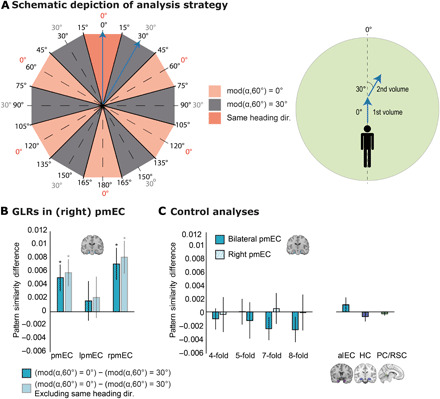Fig. 6. Grid-like representations in pmEC.

(A) Left: Schematic depiction of angular differences in 360° space (inner numbers) and in 60° space (outer numbers). We expected higher pattern similarity for angular differences of mod(α,60°) = 0° (rose, where α is the angular difference between two movement directions) as compared to angular differences of mod(α,60°) = 30° (gray). We expected the same result when excluding pattern similarities of the same heading direction (dark rose). Right: Movement directions of two exemplary fMRI volumes (blue arrows). In the first volume, the subject navigates at an angle of 0° with respect to the reference axis. In the second volume, the subject navigates at an angle of 30°. This results in an angular difference of 30° (in 360° and 60° spaces) and thus mod(α,60°) = 30° (compare to blue arrows on the left). (B) In bilateral and in right pmEC, pattern similarity for angular differences of mod(α,60°) = 0° was significantly higher than pattern similarity for angular differences of mod(α,60°) = 30°, suggesting a hexadirectional symmetry of pattern similarities (dark blue bars). Same result when removing movements with similar heading directions in 360° space (light blue bars). (C) Control analyses. Left: No evidence for fourfold, fivefold, sevenfold, or eightfold rotational symmetry of pattern similarity in bilateral or right pmEC. Right: No evidence for sixfold rotational symmetry of pattern similarity in alEC, HC, and PC/RSC. Error bars (B and C), SEM. *P < 0.05. mod, modulus; dir., direction; pmEC, posterior-medial entorhinal cortex; alEC, anterior-lateral entorhinal cortex; HC, hippocampus.
